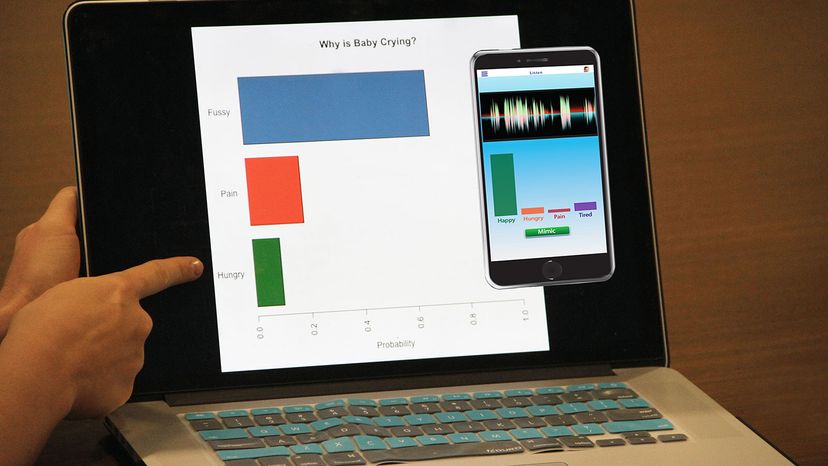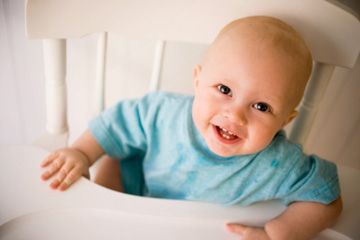
Babies don't come with a manual, but a new app is helping to take some of the guesswork out of their cries. Known as ChatterBaby, the free app (available in iOS or Android) was initially created to help deaf parents figure out what their child needs, since they are not able to hear the nuanced differences in the sound of cries.
But even people with full hearing have trouble differentiating between whether Junior's hungry, fussy or in pain, so the app has morphed into more of a universal tool than the inventor originally imagined.
Advertisement
The app is the brainchild of Dr. Ariana Anderson, assistant professor of residence at the UCLA Semel Institute for Neuroscience and Human Behavior, who spent five years developing it along with a team of volunteers. A mother of four herself, she eventually learned how to tell her kids' cries apart, but it took a while, as is the case with many new parents. "My inspiration for this project was really just the curiosity of assessing whether the patterns I saw in my own children were present in other children," she explains. "I wanted to see whether or not I could train a machine to identify what I'd learned already as a parent."
The app initially launched with a database of about 2,000 cries gleaned from volunteers and internet sources who provided recordings of their babies crying, along with explanations for the cause. The team used machine learning to develop an algorithm that identified the characteristics of each type of cry, like changes in pitch, frequency, pauses and other characteristics. Using this information, the algorithms correctly identified features that predict pain, fussiness or hunger more than 90 percent of the time. For instance, if a cry is constant and at high volume it's likely to mean the baby is in pain.

"It can be confusing to understand why a baby cries differently for different needs," Anderson says. "We can understand that some biologic states are physiological responses, for example, when someone's in pain you can see it in their face," she explains, adding that this visual cue is not all that different from how it's possible to "see" differences in the pitch of a high-energy cry.
Once downloaded, users can opt to be part of a study aimed at improving the app's accuracy and keeping tabs on their child's development. When parents record cries, they can also tag them with labels like, "needs a diaper change." Anderson says this will help her team to eventually include more crying causes in the app.
Advertisement
